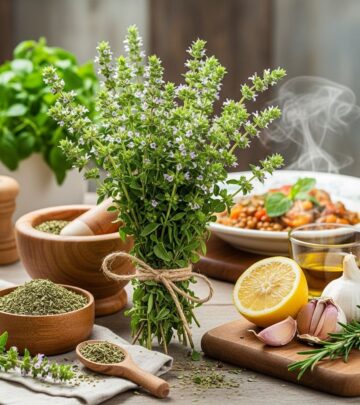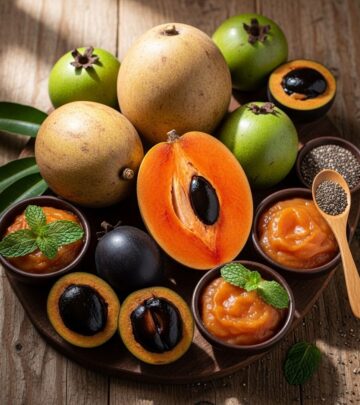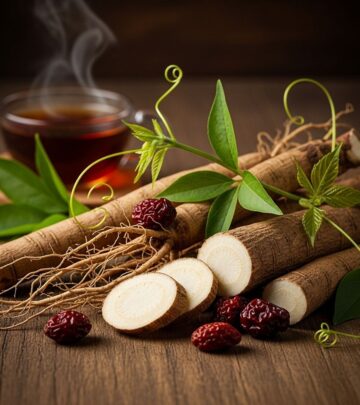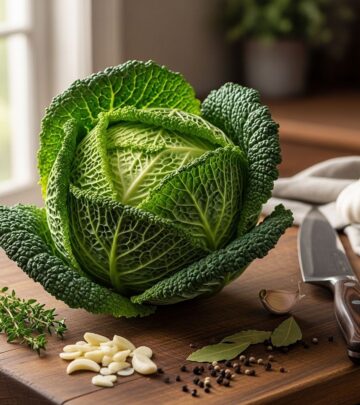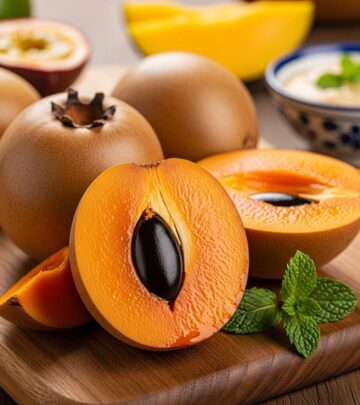13 Surprising Health Benefits of Molokhia (Egyptian Spinach)
Rich in vitamins and minerals, this leafy green boosts immunity and aids digestion.
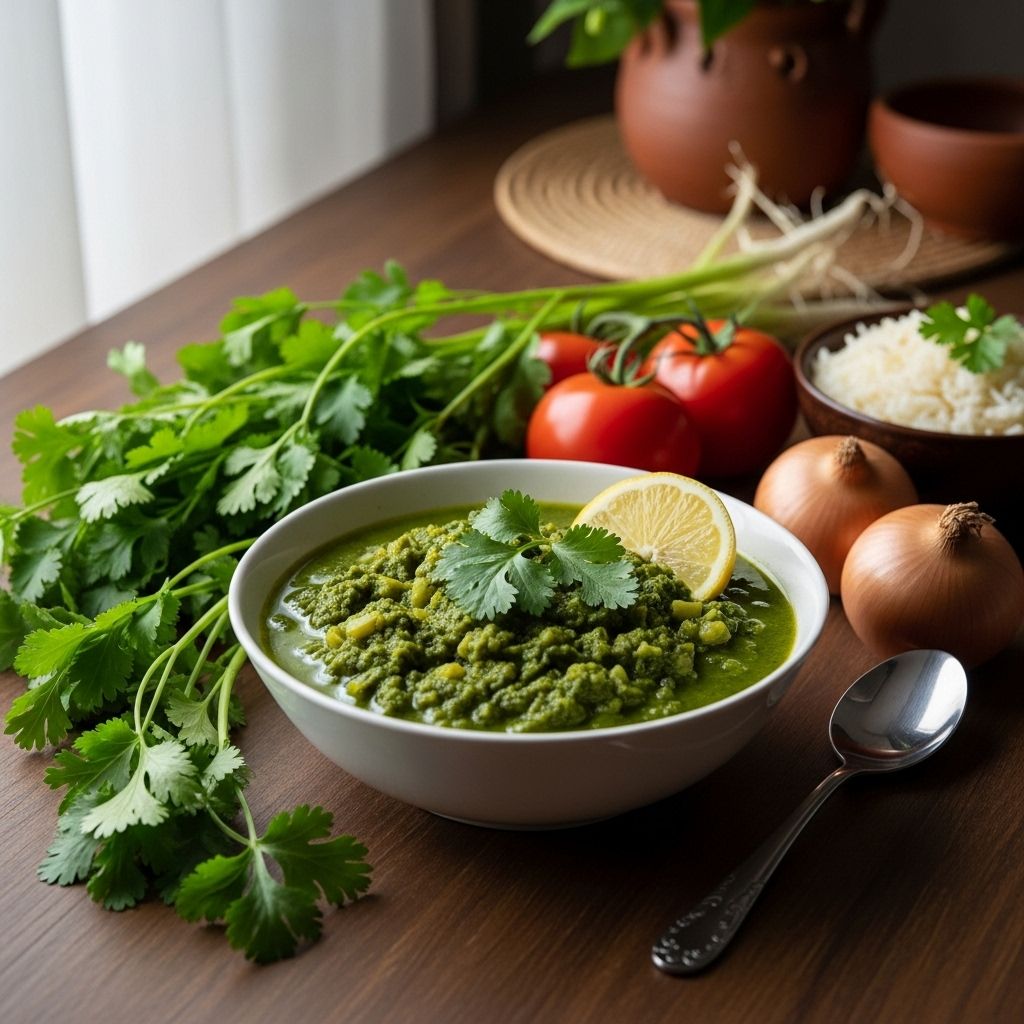
Molokhia—also known as Egyptian spinach, Jew’s mallow, or jute mallow—is a time-honored supergreen celebrated for its rich nutritional profile and unique health benefits. Revered since ancient Egypt, molokhia packs powerful vitamins, minerals, and antioxidants, making it a staple in traditional Middle Eastern and African cuisine. This article delves into the science-backed health advantages, nutritional content, and interesting facts about this remarkable leafy vegetable.
What is Molokhia?
Molokhia refers to the edible leaves of the Corchorus olitorius plant. Highly regarded across North Africa and the Middle East, molokhia is used in savory stews, soups, and salads. When cooked, its leaves develop a distinctive viscous texture, imparting a subtly earthy taste to dishes. Often called Egyptian spinach, molokhia has nutritional and medicinal value that is garnering global attention.
Nutritional Profile of Molokhia
Molokhia is a powerhouse of vital nutrients, making it an exceptional addition to a balanced diet. Here is a summary of its principal constituents:
- Dietary fiber – Essential for digestion and gut health
- Potassium – Supports cardiovascular and nerve function
- Calcium – Crucial for healthy bones and teeth
- Iron – Vital for red blood cell formation
- Magnesium – Important for muscles and enzyme function
- Phosphorus and Selenium – Trace elements with metabolic and antioxidant roles
- Vitamin C, E, A, and K – Powerful antioxidants and immune boosters
- B vitamins (including B6 and niacin) – Support metabolism and energy
- Polyphenols including chlorogenic acid – Bring potent antioxidant effects
Notably, molokhia contains more beta-carotene than carrots and a higher protein content than most leafy greens. The soluble fiber in its leaves is responsible for the characteristic slimy texture when cooked; this fiber aids in digestive health and moderates blood sugar spikes.
| Nutrient | Amount |
|---|---|
| Calories | 45 kcal |
| Protein | 4.5 g |
| Dietary Fiber | 4.8 g |
| Carbohydrates | 9.8 g |
| Fat | 0.2 g |
| Calcium | 200 mg |
| Potassium | 370 mg |
| Magnesium | 20 mg |
| Iron | 3.1 mg |
| Vitamin C | 60 mg |
| Beta-Carotene | 5800 μg |
| Vitamin E | 4.1 mg |
| Vitamin K | 500 μg |
Cooking molokhia with healthy fats (such as olive oil) boosts the absorption of its fat-soluble vitamins.
13 Impressive Health Benefits of Molokhia
1. Regulates Blood Pressure
Molokhia is naturally high in potassium, a mineral that relaxes blood vessels and alleviates vascular tension.
Potassium acts as a vasodilator, helping prevent hypertension by reducing arterial pressure and supporting heart health.
2. Increases Blood Circulation
Rich in iron, molokhia stimulates red blood cell production, facilitating optimal oxygen delivery throughout the body. This can help prevent anemia and related fatigue while boosting overall energy levels.
3. Enhances Digestive Health
Molokhia’s high dietary fiber content regulates bowel movements, adds bulk to stools, and promotes regularity. This helps relieve constipation, reduce bloating, and support the healthy absorption of nutrients.
4. Supports Heart Health
The food’s fiber binds to bad LDL cholesterol, preventing it from accumulating in arteries. This action lowers the risk of atherosclerosis, heart attacks, and strokes, while the vegetable’s mineral profile supports normal heart rhythm and function.
5. Improves Sleep Quality
Magnesium, abundant in molokhia, aids the release of neurotransmitters that calm the nervous system. Regular consumption may help alleviate insomnia and promote more restful sleep cycles.
6. Boosts Immune System
Vitamins A, C, and E found in molokhia offer robust immune protection. Vitamin C stimulates white blood cell activity, while vitamins A and E shield tissues from free radical damage and lower overall disease risk.
7. Strengthens Bone Health
Calcium, magnesium, phosphorus, and other trace minerals in molokhia contribute to bone density and resilience. Incorporating this green regularly can help prevent osteoporosis and bone-related ailments, especially as you age.
8. Reduces Inflammation
The potent vitamin E and polyphenols present in molokhia combat inflammation throughout the body. This makes molokhia beneficial for individuals with arthritis, gout, and other inflammatory conditions.
9. Promotes Healthy Growth and Development
Molokhia provides essential nutrients for cell and tissue growth, including magnesium for cellular replication and repair. Its varied nutrient composition supports healthy growth in children and recovery in adults.
10. Supports Vision and Skin Health
The high concentration of beta-carotene in molokhia gets converted to vitamin A in the body, crucial for maintaining optimal vision, preventing night blindness, and supporting skin integrity and youthfulness.
11. Offers Antioxidant Protection
Polyphenols such as chlorogenic acid, alongside vitamins C and E, give molokhia a powerful antioxidant profile. These compounds neutralize free radicals, helping prevent cellular aging and reducing the risk of chronic diseases.
12. Helps Regulate Blood Sugar
The unique soluble fiber in molokhia helps dampen post-meal spikes in blood sugar, supporting better glycemic control and lowering diabetes risk, especially when included as part of a balanced diet.
13. Aids in Weight Management
Being low in calories but rich in fiber and protein, molokhia provides satiety while supplying vital nutrients. It makes an excellent food choice for those seeking natural weight management options.
How to Eat Molokhia
Molokhia can be enjoyed in various forms:
- Soups and stews – the classic molokhia soup is thick and fragrant, often simmered with garlic and coriander.
- Salads – add steamed or boiled molokhia to cold salads for a nutritious boost.
- Stir-fries and sautés – quickly sauté with onions and tomatoes in healthy oil.
- Noodle or rice toppings – use as a supergreen topping for rice or noodles.
For optimal flavor and nutrition, try pairing molokhia with healthy fats, legumes, or lean meats.
How to Store and Select Molokhia
- Choose fresh, vibrant green leaves free from wilting or discoloration.
- To extend shelf life, wrap the leaves in a damp paper towel and refrigerate in a plastic bag. Use within 1–2 days for peak freshness.
Precautions and Side Effects
- Molokhia is generally safe and well-tolerated when consumed as part of a regular diet.
- As with all new foods, individuals with allergies or food sensitivities should consult their healthcare provider before consuming molokhia for the first time.
- Proper cooking enhances digestibility and nutrient availability.
Frequently Asked Questions (FAQs)
Q: What does molokhia taste like?
A: Molokhia has a mild, slightly earthy, and grassy taste. When cooked, it develops a slippery texture similar to okra.
Q: Is molokhia good for people with diabetes?
A: Yes. Molokhia’s soluble fiber slows glucose absorption and can help maintain healthy blood sugar levels as part of a diabetes-friendly diet.
Q: Can children eat molokhia?
A: Absolutely. Molokhia’s high nutrient content supports children’s growth and development. Just ensure it’s prepared in an age-appropriate, digestible form.
Q: Is molokhia safe in pregnancy?
A: Molokhia is high in folate, iron, and calcium, supporting maternal health and fetal development. Always consult your doctor before introducing new foods during pregnancy.
Q: How do I reduce the sliminess of cooked molokhia?
A: Brief cooking and serving with acidic ingredients (like lemon juice) can help moderate its viscosity.
Conclusion
Molokhia, the ancient Egyptian supergreen, stands out for its extraordinary nutritional density, unique culinary uses, and outstanding health benefits. As research continues to unravel its properties, molokhia is rightfully earning its place on tables across the world as a versatile, delicious, and nutrient-packed leafy green. Consider adding molokhia to your diet to harness its legacy of health and vitality.
References
- https://www.organicfacts.net/health-benefits/other/health-benefits-of-molokhia.html
- https://www.inlivo.com/nutrition/prepared-foods/other-prepared-dishes/molokhia
- https://www.kikkoman.com/en/cookbook/glossary/moroheiya.html
- https://www.stylecraze.com/articles/amazing-health-benefits-of-molokhia/
- https://www.healthline.com/nutrition/jute-leaves
- https://sakasaka.net/jute-leaves-or-molokhia-and-its-benefits.html
- https://www.sustainablemarketfarming.com/tag/nutritional-benefits-of-molokhia/
Read full bio of Sneha Tete

